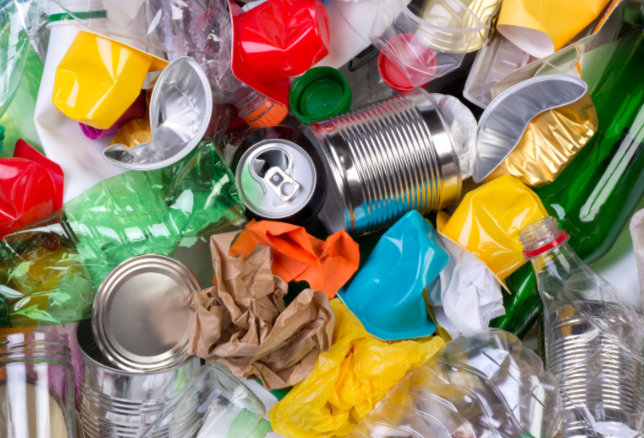Polypropylene (PP) recycling plays a vital role in advancing the circular economy, an economic model focused on sustainable resource use, waste reduction, and environmental preservation. By effectively managing PP waste, industries and communities contribute to a system where materials are reused and repurposed, reducing the need for virgin resources. This article explores how PP Recycling drives the circular economy and the key benefits of incorporating this practice on a larger scale.
What is Polypropylene (PP) and Why is it Widely Used?
Polypropylene is a versatile, lightweight plastic known for its durability, resistance to chemicals, and high melting point. It is used in everything from food packaging and automotive components to consumer goods and medical devices. Due to its widespread application, PP plastic makes up a significant portion of global plastic waste. Recycling polypropylene is therefore essential for creating a less wasteful and more sustainable economy.
Supporting the Circular Economy Through Recycling
The concept of a circular economy revolves around designing out waste and pollution, keeping materials in use, and regenerating natural systems. PP recycling aligns perfectly with these goals by ensuring that plastic waste is not considered trash but a resource with enormous potential. Here’s how:
1. Reducing Plastic Waste in Landfills
One of the key benefits of PP recycling is its ability to divert a massive amount of plastic waste away from landfills. Globally, plastic waste accounts for approximately 300 million tons annually, and a significant share of this is PP material. By implementing efficient recycling systems, this waste can be redirected into the production cycle, reducing environmental pollution and the strain on landfill capacities.
2. Lowering Carbon Footprints
Recycling PP helps decrease greenhouse gas emissions by reducing the demand for virgin plastics, which rely on fossil fuel extraction and energy-intensive manufacturing. By processing recycled polypropylene into new products, manufacturers save energy compared to producing new PP from raw materials. Studies suggest that recycling one ton of PP can reduce greenhouse gas emissions by approximately 30%.
3. Encouraging Resource Efficiency
The recycling of PP promotes the careful and efficient use of resources by utilizing existing materials instead of extracting virgin ones. This strategy not only saves on natural resources but also supports industries in meeting sustainability targets and complying with environmental regulations.
4. Contributing to Job Creation
The process of sorting, cleaning, and processing recycled PP creates employment opportunities across the recycling and manufacturing sectors. A study by the UN found that for every 10,000 tons of material recycled, about 36 new jobs are created. By building a strong infrastructure for PP recycling, communities can reap economic as well as environmental benefits.
5. Driving Innovation
PP recycling has opened new doors for innovation in recycling technologies and materials science. Advances in chemical recycling, for instance, allow PP to be broken down into its molecular components and reconstructed, ensuring it retains high quality and usability. Such innovations make it possible to recycle PP more efficiently, fostering further progress in the circular economy.
The Road Ahead for PP Recycling
The importance of polypropylene recycling in driving the circular economy cannot be overstated. For communities and businesses to fully unlock the potential of PP recycling, there must be increased investment in recycling infrastructure, public awareness campaigns, and government initiatives to support recycling efforts.

